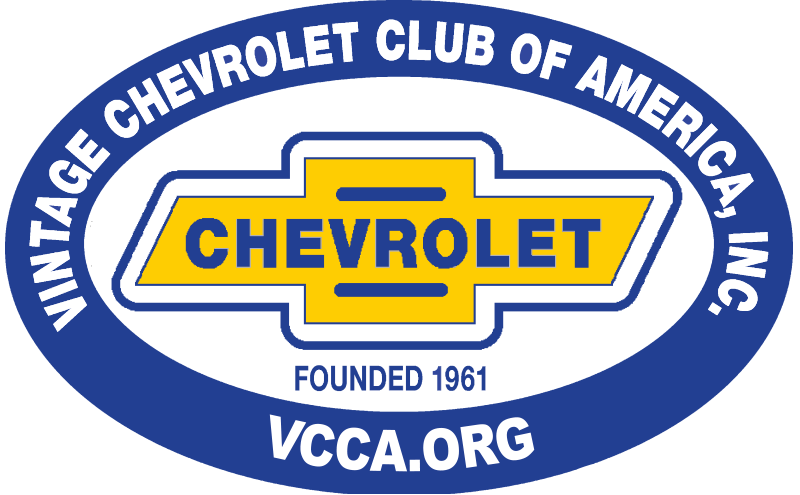I am rebuilding a 1941 216 engine and i am not sure how many sets of shims i need to buy for the crankshaft main caps. to block I am using is from a 1948 and had no shims. I did have the crankshaft cut .010 under and I ordered .010 oversize Clevite 77 bearings. The bearings I ordered are not flush with the deck of the block and I ordered 1 set of shims and I am not sure if this is right.
While I didnt use the book method in my 38 block I loosely assembled the crank only in and tightened 1 main bearing down with some shims, if the crank turned easy I removed a shim until it was stiffer to turn then refitted a .001 shim each side of the cap, loosened that 1 and repeated for the next when all had been done I then tightened all of them down. Crank turns nicely now though it hasnt been started as yet which will be the smoke test. I used the same procedure with the con rods bearings as well.
Tony
The issue I am having is that 1 set of shims does not seem to be enough, there is only 2 shims per main cap so there is not many to work with.
you may not need any shims, try putting a squirt of oil on them and tightening them down 1 at a time and see how it goes. When you have that done you will know if you need any more
Tony
This is what I know about setting the main bearing clearances in Chevy 6 engine with shims prior to 1955. First of all, when the crankshaft is ground smaller than original size for new bearings, it is called undersized bearings. Bearings that are the original OEM size are called standard size bearings. The original GM main bearings up to 1948 were a steel backed thick babbitted bearing that was approximately .030-.040 undersize and are made to be line bore in the engine block with a brass shim pack that was .008 in thick (4 shims @.002 in thick) under each leg of the main bearing to the undersize with oil clearance to match the undersize of the ground crankshaft main journal. Later on, GM and the aftermarket came out with what are called precision main bearing shells which are a steel backed shell with a copper liner and a tin overlay to fit engines back to 1937. These bearing do not need to be line bored in the engine block but require a shim pack between the main bearing cap leg and the engine block as before to accurately adjust the oil clearance between the main journal and the bearing shell. The original way to set the oil clearance on the main bearings was to install the main shells in the engine block, install the crankshaft, and start with the rear main bearing without the rear main seal installed. If the crankshaft turns freely, then one .002 shim is alternately removed one at a time from each side of the cap until the crankshaft locks up or turns with some force. Then one .002 shim is installed. If the crankshaft turns freely, then you have the correct .001 in oil or running clearance. The newer way is to use plastigage which goes between the bearing shell and journal and is crushed down when the main bearing cap is installed and torqued down. How much the plastigage gets crushed shows you the oil clearance which is preferably .001 in on a new rebuild.
These processes are shown in the 1942-47 Chevy shop manual in the engine section pages 6-6 to 6-10 for the old method with line boring or in the 1949-53 shop manual engine section pages 6-39 to 6-41 for the new method with precision bearings using plastigage found on the website Old Online Chevy Manuals
Old Online Chevy Manuals (oldcarmanualproject.com)
1942 (oldcarmanualproject.com)
1949 - 1954 Chevrolet Service Manual (oldcarmanualproject.com)
Hi all
First, Robert is of course spot on, and I'm glad he joined in to specify the original shim pack thickness as I couldn't remember what it was.
However, it probably should be said that the NON plastigage method is the superior method of setting the clearance.
Many people have said they could not get a proper fit with plastigage.
Ron, if your block is from a 1948 engine, you are actually working on a 1948 engine, not a '41. 🙂
Bearing dimensions were changed for 1948 (particularly the thrust bearing width) and bearings and cranks for '41 and '48 are not interchangeable.
Also new bearings should stand a BIT proud of the block and cap.
How much are yours protruding when solidly seated?
Ole S Olson
Saskatoon, Sask, Canada
1946 DR 3/4 ton stake
1139 old site posts
Not sure of the exact measurement but I also notice the bearings are a little recessed in the cap so I am gonna give it a shot with the bearings and shims that i have and see if it comes into spec.
Also I do have the correct bearings for a 1948 block, I just have never seen this before and i wanted to make sure i wasn't doing something wrong.


